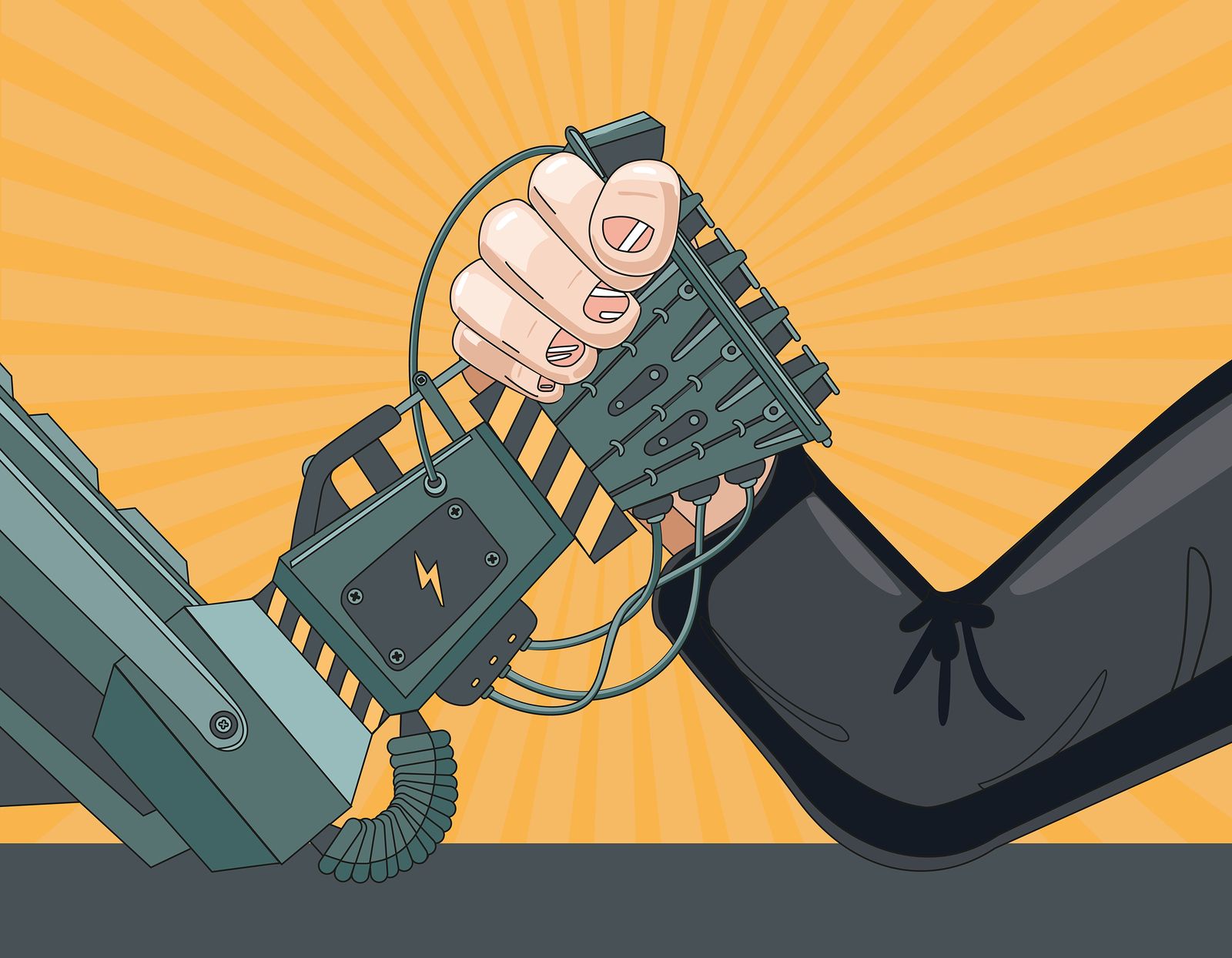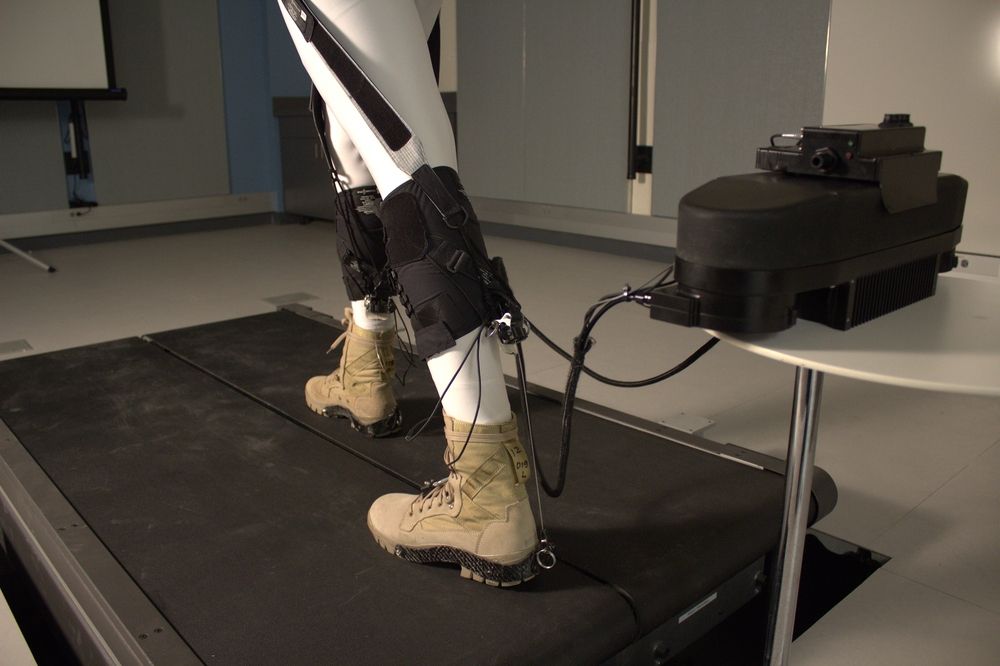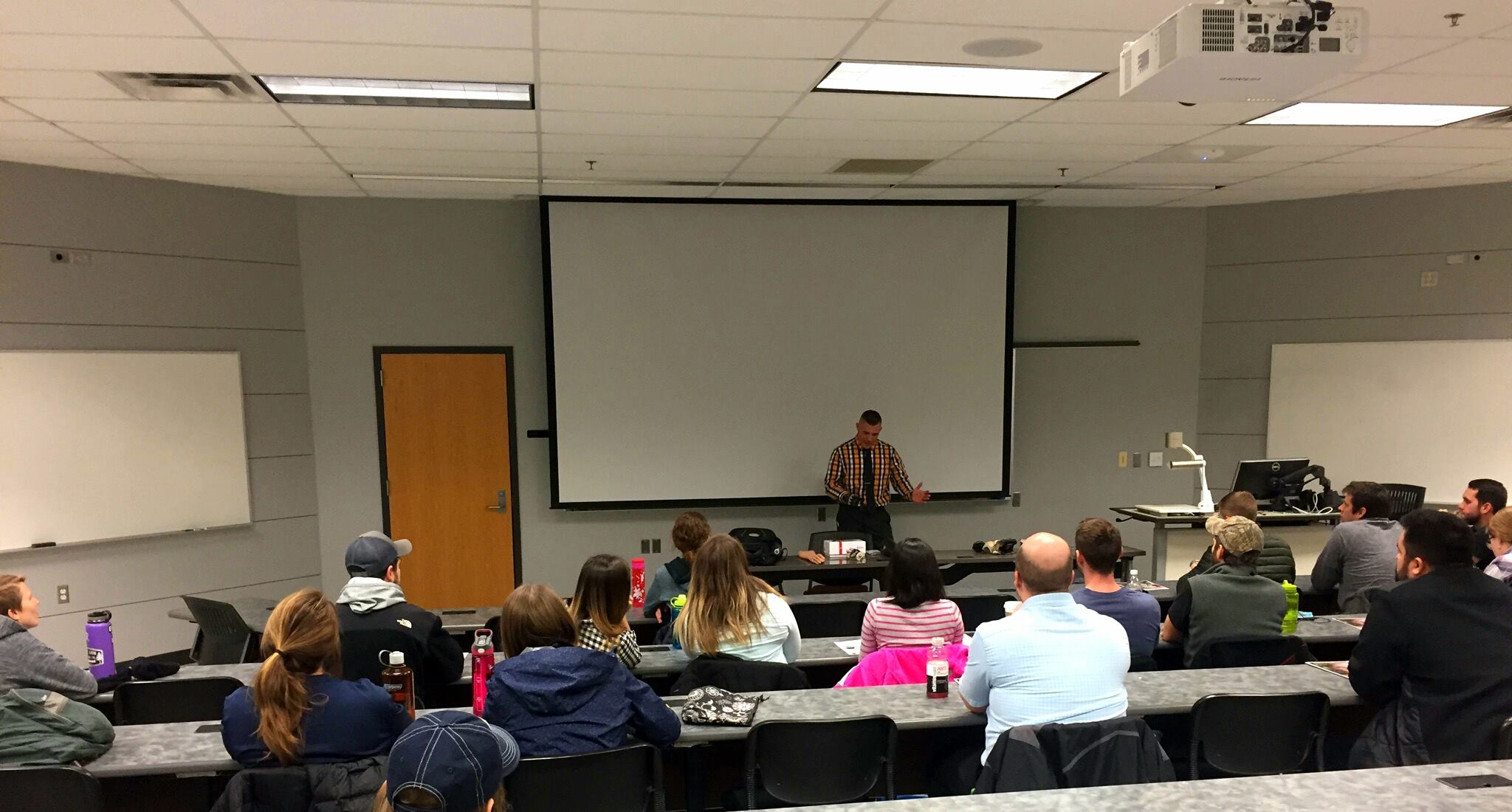Intelligence Advanced Research Projects Activity (IARPA), the intelligence community’s research arm, will soon launch two programs designed to detect fake fingerprints and develop devices to collect fingerprint data without the aid of a human operator, according to a report by GCN.
The Odin program, which is scheduled to begin with four prime developers in early March, will develop detection technologies that can spot presentation attacks on biometric devices that attempt to spoof physical biometric samples, said Chris Boehnen, senior program manager at IARPA.
Boehnen said that prosthetic fingers, fake fingerprints made with wood glue and other tactics can dupe current fingerprint sensors.






